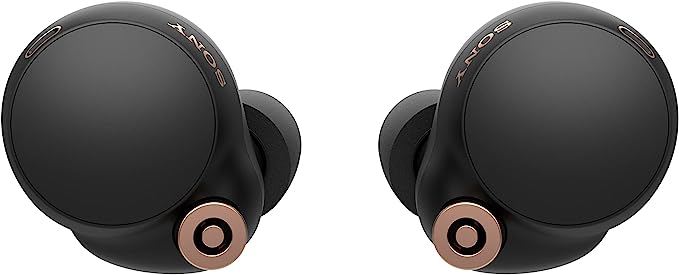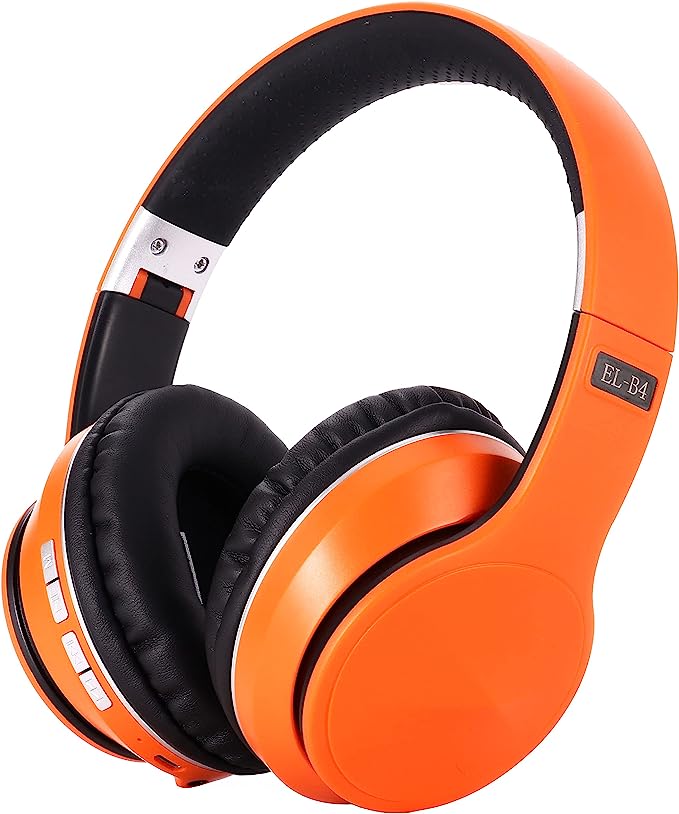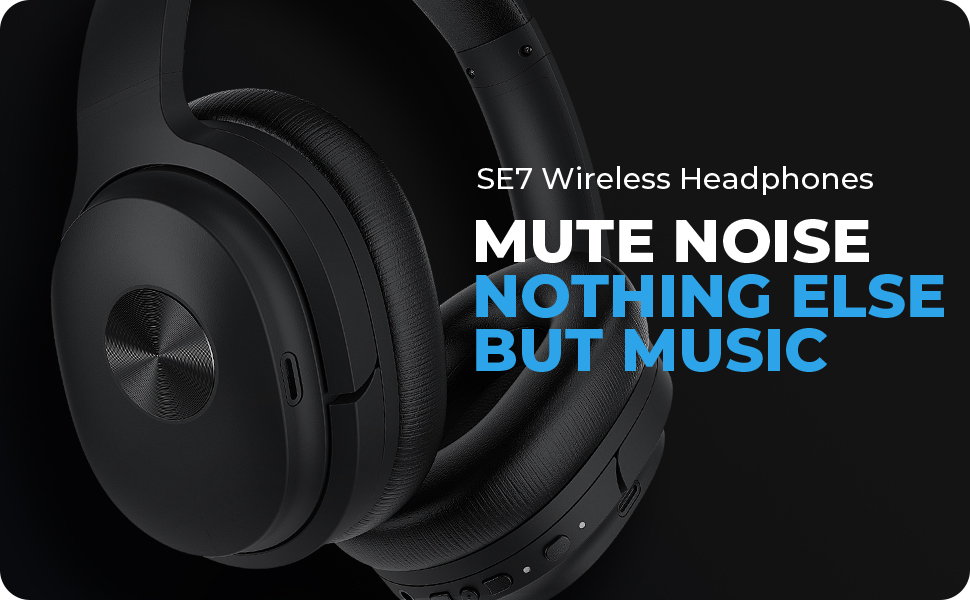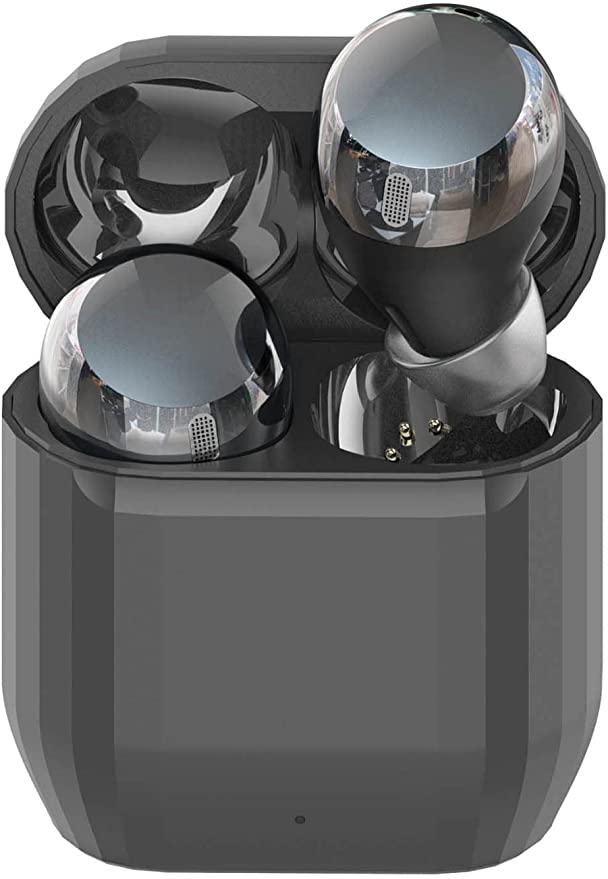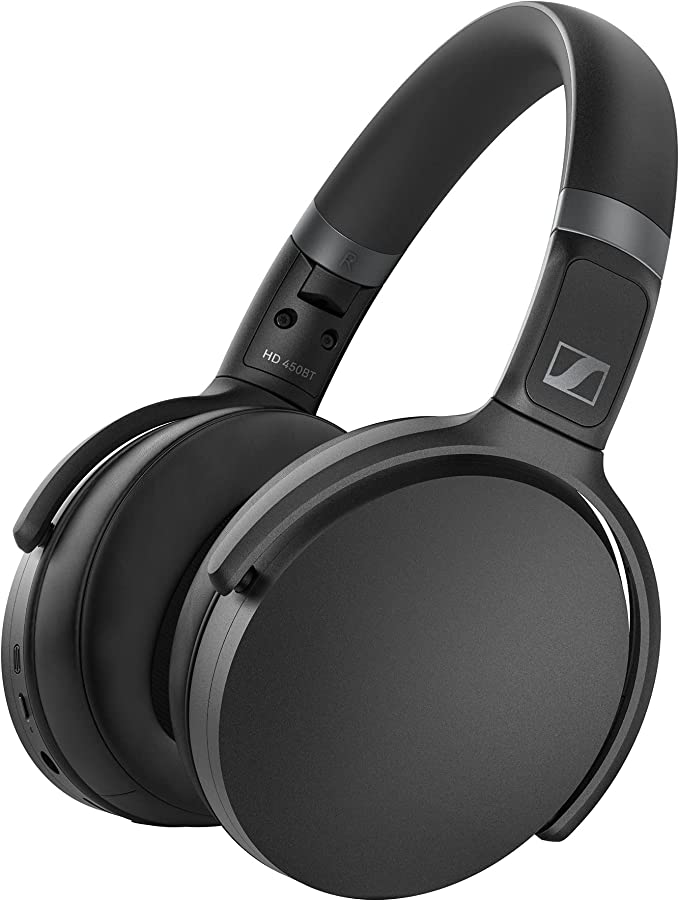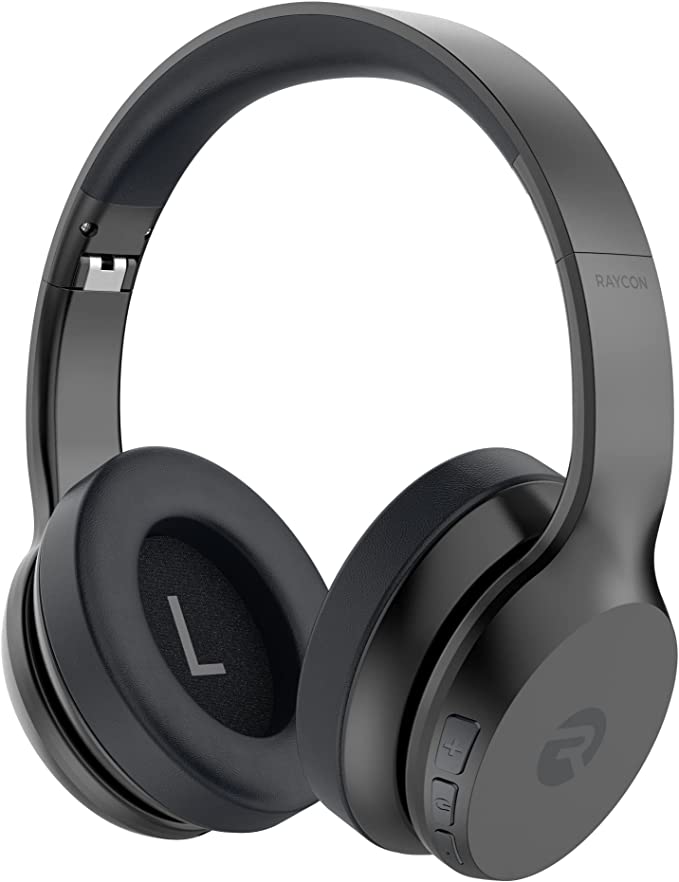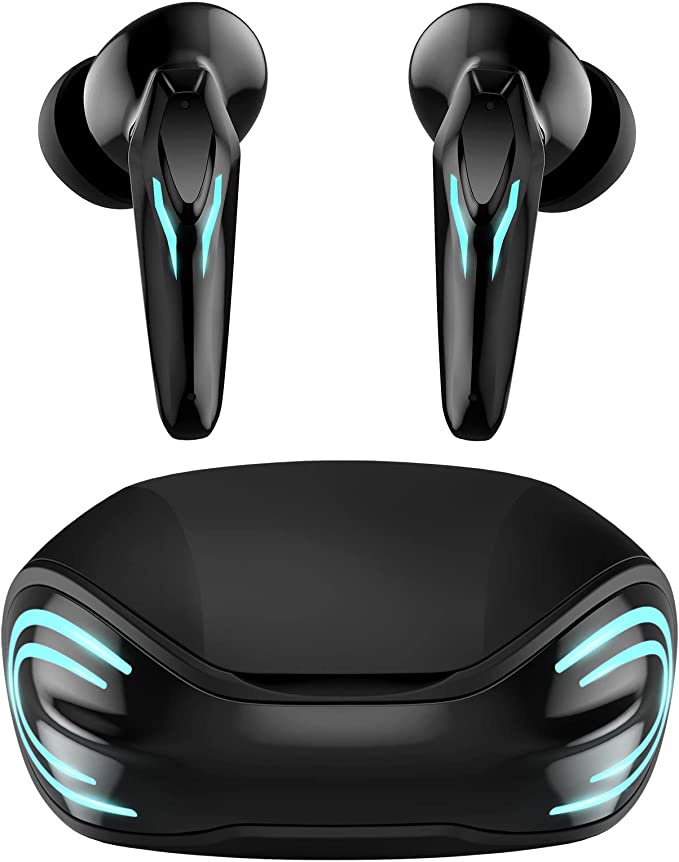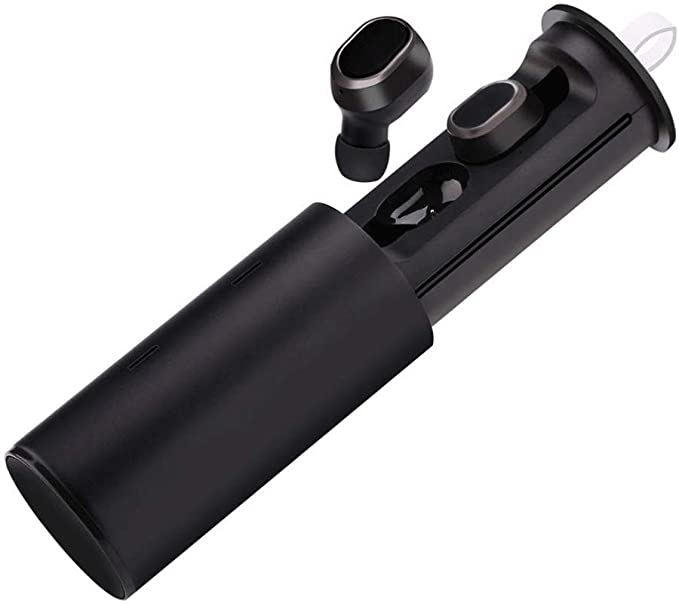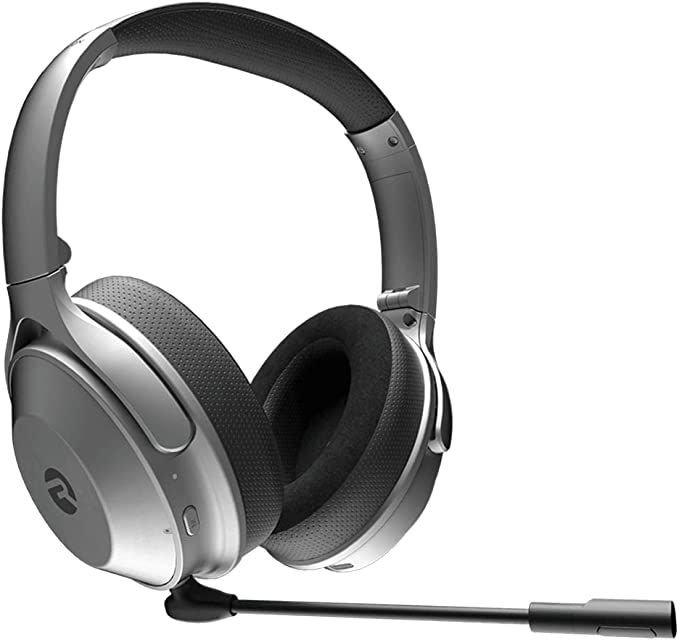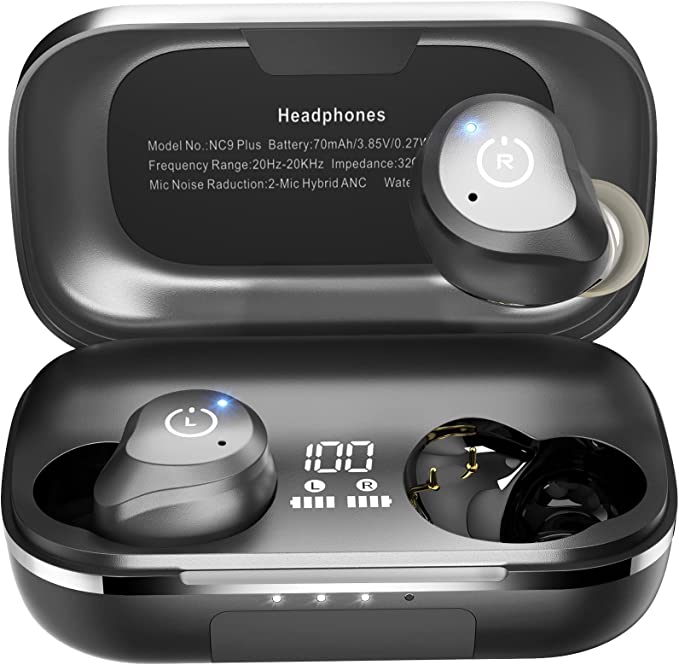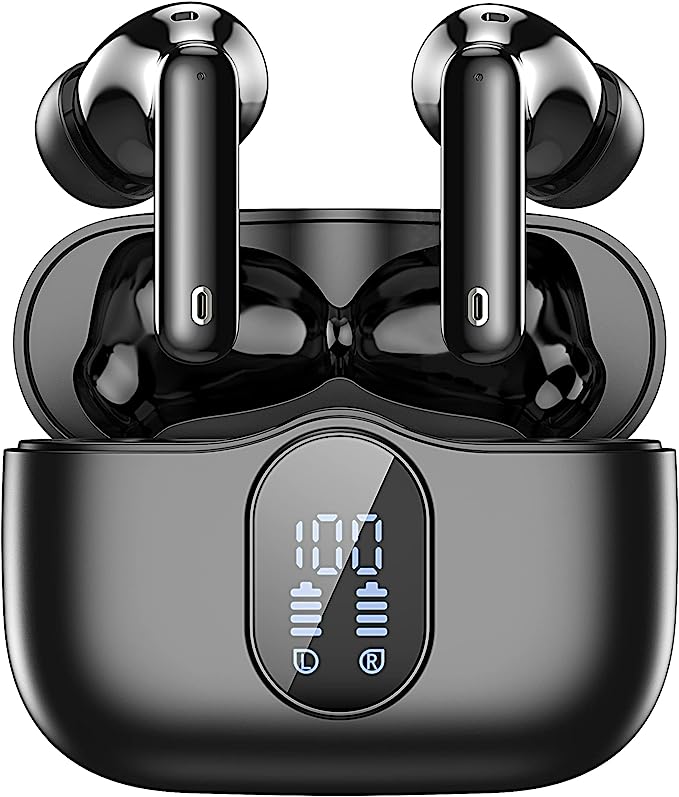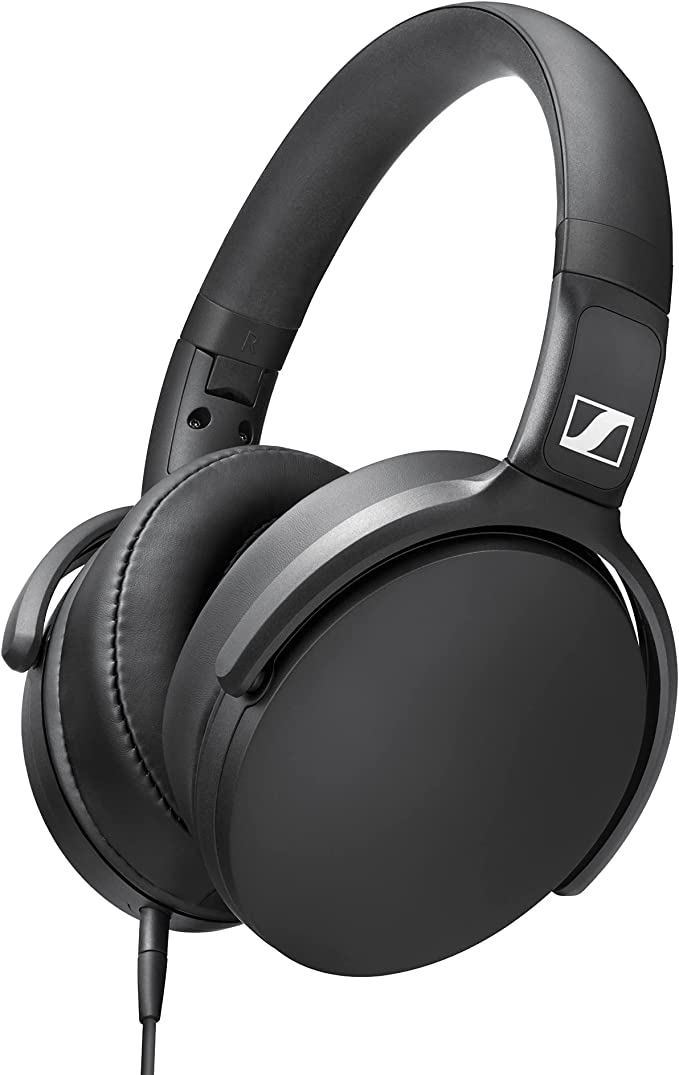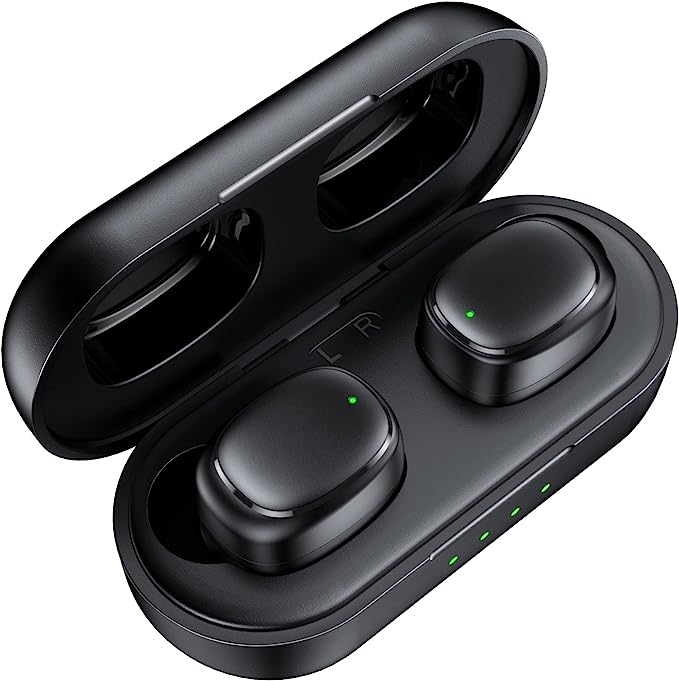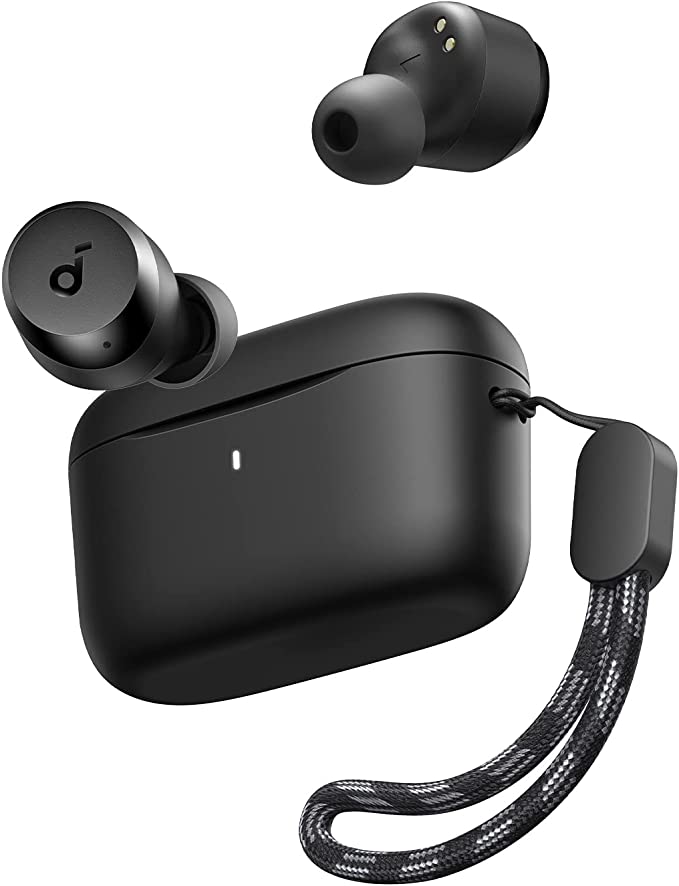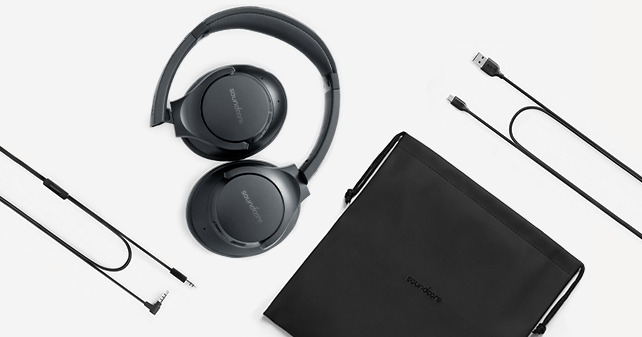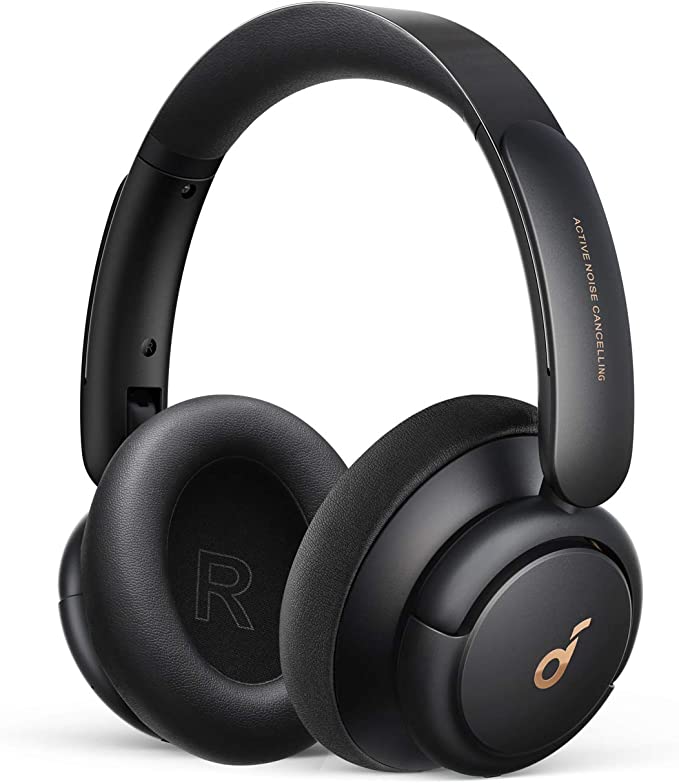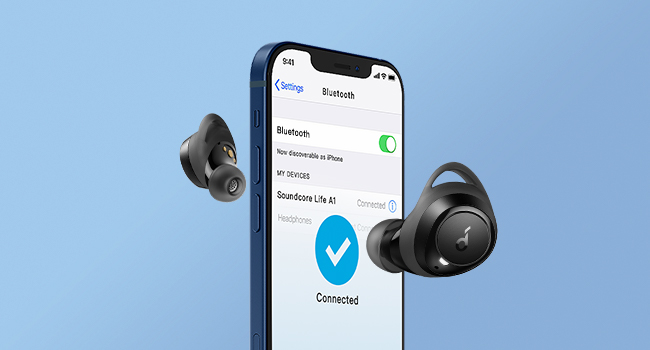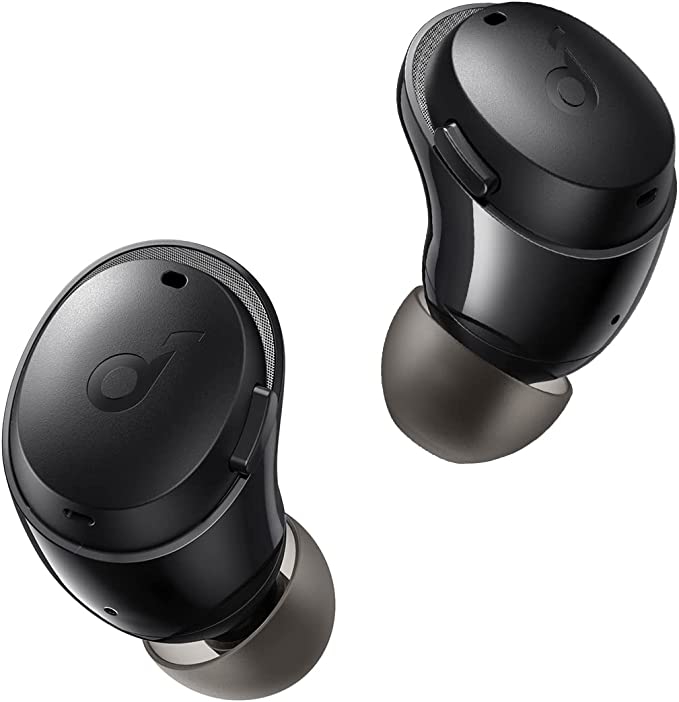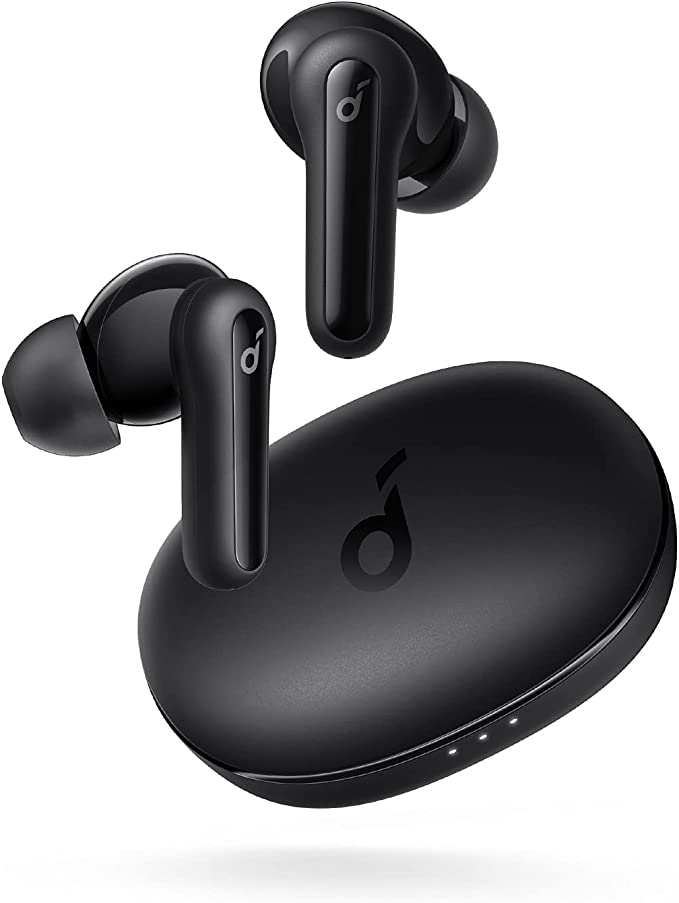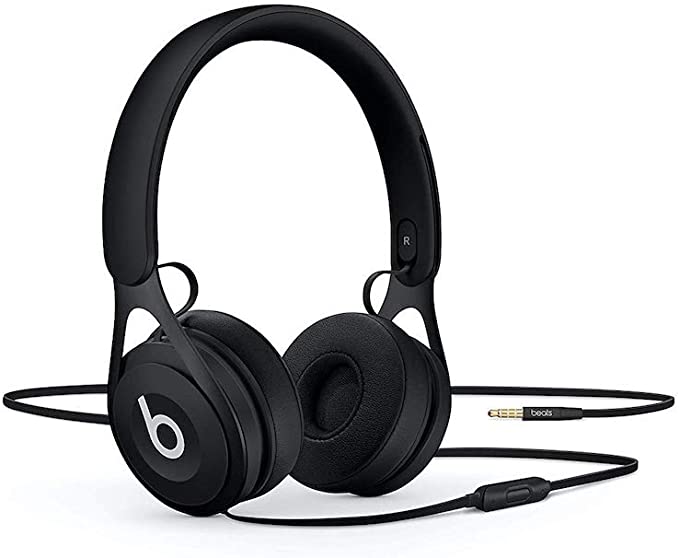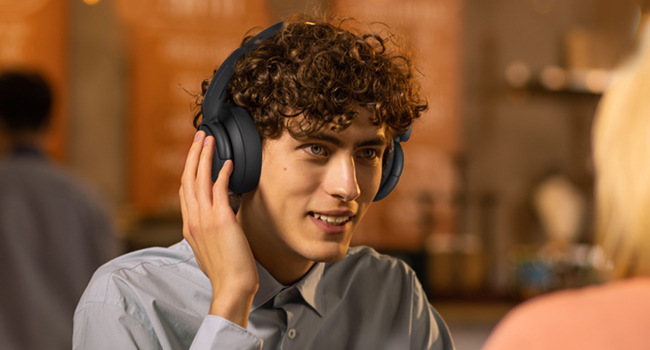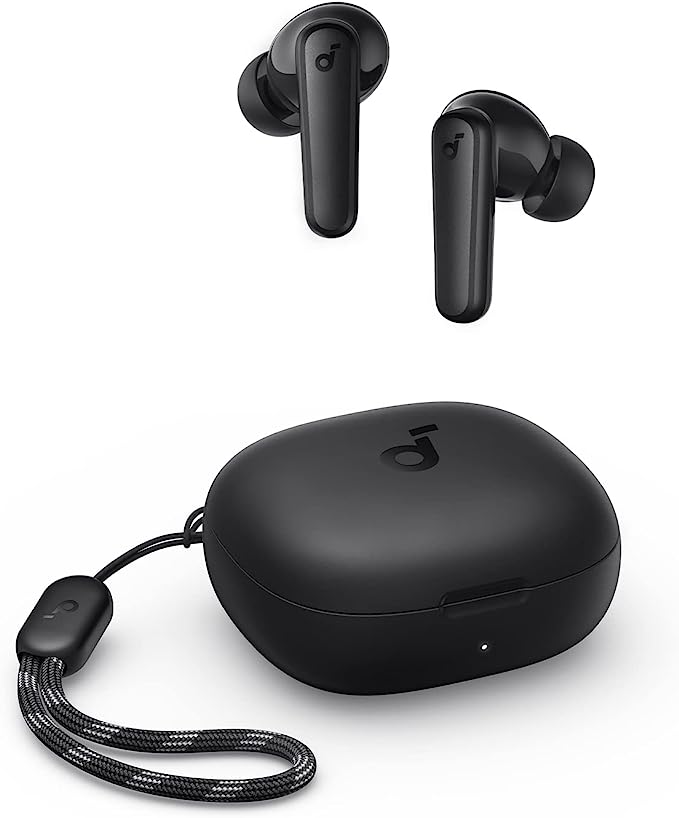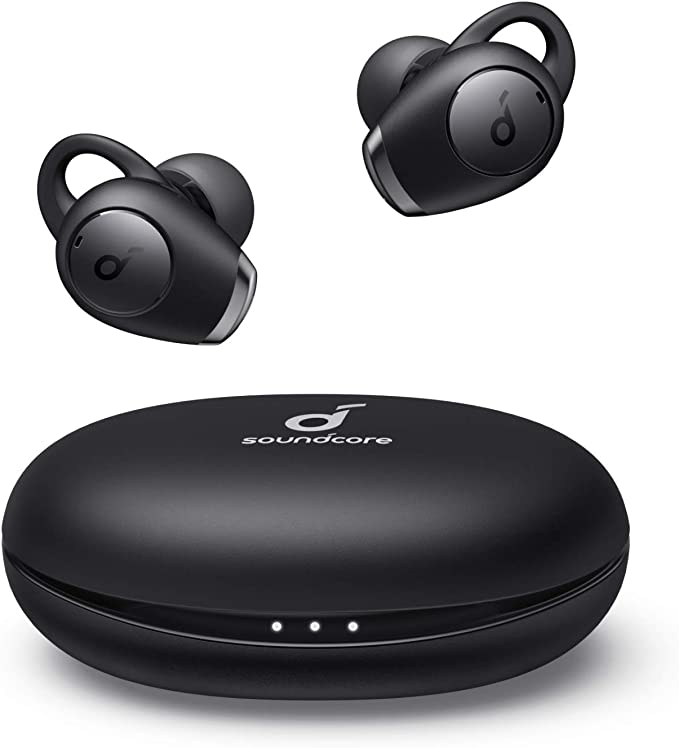Beats Fit Pro True Wireless Earbuds: A Punchy and Personalized Listening Experience
Update on July 4, 2025, 12:51 p.m.
It’s a uniquely modern tragedy, a tiny, slow-motion horror film that plays out on the gritty stage of the city sidewalk. The lunge for the subway door, the sudden turn to greet a friend, the simple act of pulling a hoodie over your head—and then, the sickening lurch in your stomach. An expensive, perfectly sculpted piece of plastic, your tiny portal to another world, tumbles from your ear. It bounces once, twice, before skittering perilously close to a storm drain. We’ve all felt it. It’s a moment of pure frustration, a reminder that our sleek digital lives are still subject to the clumsy, unforgiving laws of physics.
This isn’t just bad luck. It’s a design challenge, a high-stakes engineering problem that pits convenience against gravity. For decades, our relationship with personal audio was a tangled one, literally. We were tethered by wires, physical umbilicals to our Walkmans and iPods. The dawn of the true wireless earbud promised freedom, but it introduced this new, potent anxiety of loss. Why has it been so hard to create something that simply… stays put? The answer lies not just in manufacturing, but in a deep understanding of human anatomy, a field known as biomechanics.

The Art of the Anchor: A Lesson in Anatomy
Look at your ear. Not just a glance in the mirror, but really look at it. It’s not a simple hole. It’s an incredible, unique landscape of soft cartilage, with hills, valleys, and ridges sculpted by evolution. For years, earbud design treated it like a simple orifice to be plugged. The Beats Fit Pro, and designs like it, approach it with the reverence of an architect studying a building site. The solution to the falling earbud wasn’t to push deeper, but to anchor smarter.
The key is that small, flexible fin—the secure-fit wingtip. It’s designed to tuck gently into the concha, the bowl-shaped depression in your outer ear, just above the ear canal. Think of your ear as a natural harbor and the wingtip as a perfectly designed anchor. It doesn’t rely on brute force. Instead, it uses leverage, bracing against the ear’s solid cartilage to create a stable, secure fit that distributes pressure. It’s a principle of ergonomics: designing an object to work in harmony with the human body, not against it. This single, elegant piece of engineering means that the jolt of a morning run or the chaos of a crowded commute is no longer a threat to your soundtrack. Coupled with an IPX4 rating—an industry standard from the International Electrotechnical Commission signifying resistance to water splashes—it’s a design that acknowledges that life, and exercise, involves sweat.

Manufacturing Silence: A Quest Born from Roaring Engines
Now that the earbud is secure, another urban battle begins: the war against noise. The rumble of the bus, the chatter of the café, the endless drone of construction—these sounds invade our music and podcasts, forcing us to crank the volume to levels that are often uncomfortable. The solution, Active Noise Cancellation (ANC), feels like modern magic. But its origins lie not in a Silicon Valley lab, but in a noisy airplane cabin nearly half a century ago.
The story goes that in 1978, Dr. Amar Bose, an MIT professor and founder of the audio company bearing his name, was on a flight to Zurich, trying to enjoy the airline’s new electronic headphones. He was dismayed that the roar of the jet engines overwhelmed the sound. During that flight, he sketched out the fundamental mathematics for a device that wouldn’t just block sound, but would actively erase it.
The physics behind it is both simple and profound: destructive interference. Imagine pushing a child on a swing. To stop the swing, you don’t build a wall in front of it; you apply a perfectly timed push in the opposite direction. ANC does the same with sound waves. A tiny microphone on the outside of the earbud “listens” to the incoming ambient noise. The internal chip—in this case, the Apple H1—instantly analyzes that soundwave and generates a new, inverted wave, a precise “anti-noise.” When the original noise wave and the new anti-noise wave meet in your ear canal, they cancel each other out. It’s a form of acoustic judo, using the energy of the noise to create silence. It’s what allows you to step into a bubble of tranquility amidst the chaos.

Building Worlds Between Your Ears: The Magic of Auditory VR
With silence achieved, the canvas is clean. But what if you could do more than just play a song? What if you could step inside it? This is the promise of Spatial Audio with dynamic head tracking, a leap forward rooted in the fascinating field of psychoacoustics, the study of how our brain perceives and interprets sound.
In the real world, your brain knows where a sound is coming from because of tiny differences in the timing and volume of the sound reaching each ear, as well as the way the sound is shaped by your head and outer ears. This complex filter is known as a Head-Related Transfer Function (HRTF). Spatial Audio aims to digitally replicate this phenomenon. But the truly magical part is the “dynamic head tracking.”
Inside each earbud are a gyroscope and an accelerometer, the same types of motion sensors found in your smartphone that let it know when you tilt it. These sensors, working in concert with your iPhone or iPad, track your head’s movement hundreds of times per second. This allows the system to “anchor” the sound to your device. If you’re watching a movie on your iPad and turn your head to the right, the sound of an explosion on the screen doesn’t turn with you; it stays fixed to the iPad, sounding as if it’s now coming from your left. It’s a form of Virtual Reality for your ears, creating a stable, three-dimensional soundscape that makes the audio feel like it’s part of the physical world around you, not just pumped into your head.

The Conductor of the Orchestra: The Unsung Hero on a Chip
This entire performance—the anchoring, the silencing, the world-building—requires a director of immense skill and speed. In the Beats Fit Pro, that role is played by the Apple H1 chip. It is far more than just a processor; it’s a complete System on a Chip (SoC), a miniature command center that orchestrates everything.
Think of it as the conductor of an invisible orchestra. It directs the ANC “musicians” to play their anti-noise notes in perfect time. It cues the Spatial Audio engine to adjust the soundstage with every turn of your head. It manages the Class 1 Bluetooth connection, a higher-power standard that ensures a more robust and longer-range link to your device, minimizing the frustrating skips and dropouts of lesser technologies. It listens for your “Hey Siri” command and processes it locally. It does all this simultaneously, with imperceptible latency. This seamless integration is what transforms a collection of impressive features into a single, cohesive, and intuitive experience.

The Technology That Disappears
Let’s return to the sidewalk. You lunge for the subway, you turn to greet your friend. But this time, nothing happens. The earbud stays nestled securely in your ear. The roar of the train fades into a whisper. The movie you’re watching feels like a private screening. The technology has performed its symphony of tasks so perfectly that it has become invisible. It is no longer a gadget to be managed, but a natural extension of your senses.
This is the quiet triumph of great engineering. It’s not about adding more features, but about removing friction. It’s a long journey—from a scribbled diagram on a transatlantic flight to the complex biomechanics of the human ear—all to solve a problem so completely that we eventually forget it was ever a problem at all. That is the unheard symphony.

